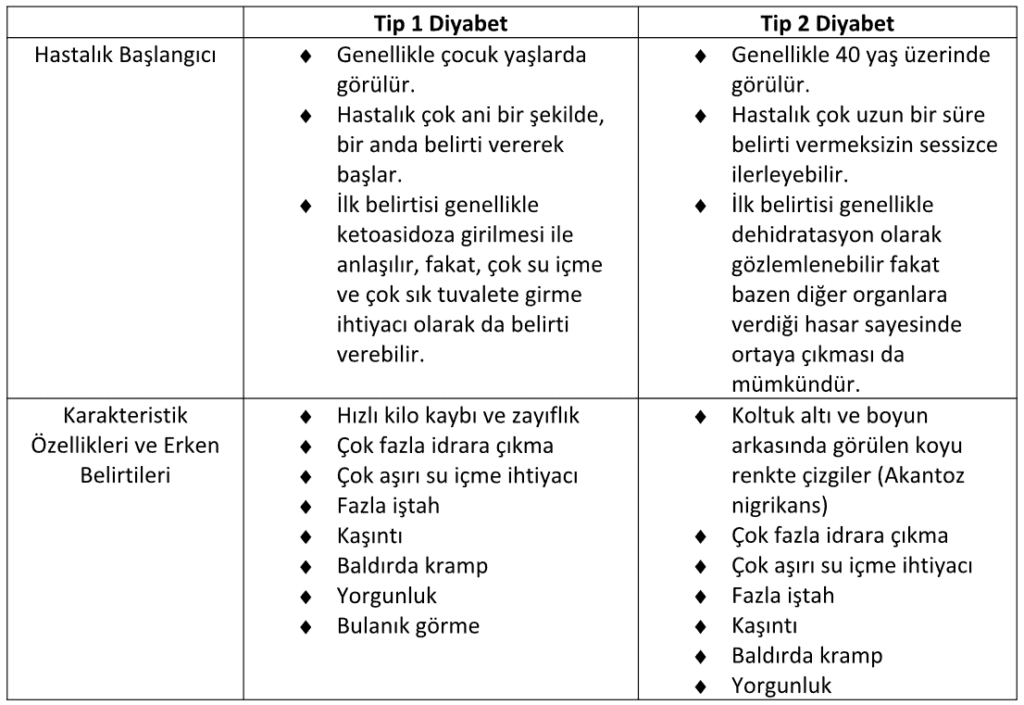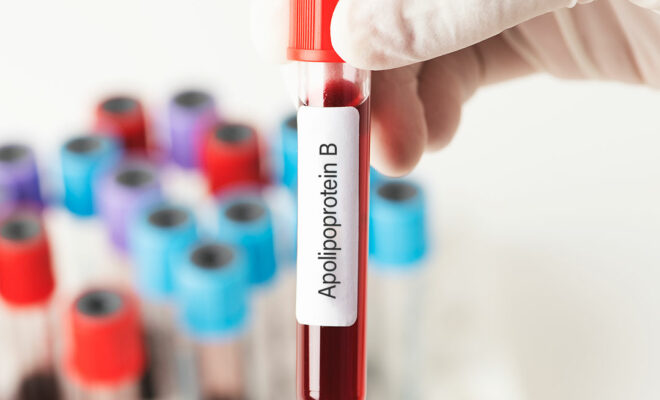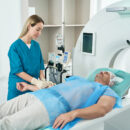Diabetes: Risk Factors and Symptoms

Diabetes is a group of metabolic diseases that describe the state of chronic hyperglycemia (high blood glucose level). The most common types of diabetes are called Type 1 diabetes and Type 2 diabetes.
Type 1 diabetes occurs because the immune system targets and destroys B cells in the pancreas that are responsible for producing insulin. Since the destroyed B cells cannot produce insulin, there is complete insulin deprivation in type 1 diabetes. Type 1 diabetes, an autoimmune disease, manifests itself mostly in childhood. Its highest incidence is between the ages of 4-6 and 10-14.
Type 2 diabetes is a more common disease than type 1 diabetes. Type 2 diabetes has both genetic elements and is associated with lifestyle, obesity, high blood pressure and high cholesterol. For this reason, it is usually observed in people over the age of 40. A decrease in the average age of type 2 diabetes patients has been observed in recent years due to lifestyle changes and unhealthy diet.
In type 2 diabetes, insulin resistance is present. In other words, since the cells cannot adequately react to the insulin being secreted, there is a need to constantly secrete insulin. Insulin-secreting B cells work overtime and after a while they become damaged and begin to lose their functions. Type 2 diabetes can progress silently, without symptoms, for many years and cause damage to different organs of the body. The heart and vessels, kidneys, eyes and brain are the organs most affected by the damage caused by type 2 diabetes.

Frequent skin infections, pneumonia, flu, urinary tract infections and bone infections may be a sign of diabetes. Therefore, diabetes screening is very important in such cases.
If the person has the above symptoms, the glucose level in the blood should be checked first. Everyone over the age of 45 should be checked every 3 years, even if they do not show symptoms. If there are no symptoms but there are obesity problems and other risk factors (such as diabetes, high blood pressure, cholesterol in the family), routine check-ups are also required under the age of 45.
While the blood glucose level shows the current glucose status, the hemoglobin A1C test shows the average glucose level over the past three months. Therefore, even if the glucose level is normal or abnormal, HbA1C gives us the chance to make a healthier interpretation. The table below gives the parameters of fasting glucose level and HbA1C levels in the blood in normal situations and in diabetic cases:

Diabetes treatment varies depending on the type of diabetes and the person's glucose level. In cases of type 2 diabetes, if the glucose level is not too high, an adjustment can usually be made by making lifestyle changes in the first place. If an arrangement can be made with eating habits and physical activity, it may be possible to keep it under frequent control and provide treatment without the need for medication. If lifestyle changes cannot be made easily or the desired results are not obtained despite making them, then drug treatment becomes important.

















